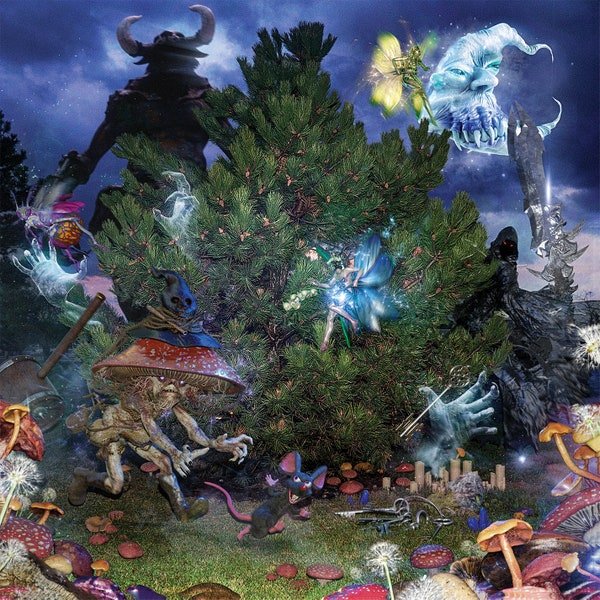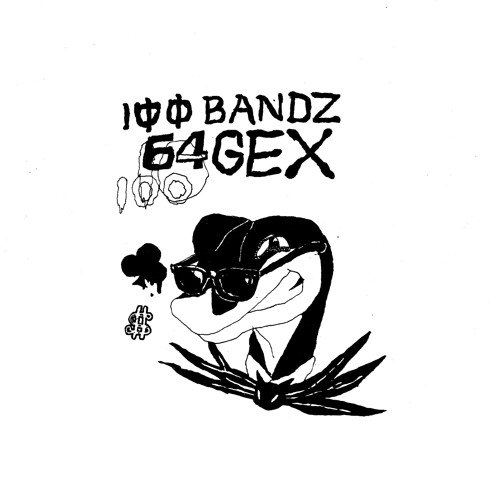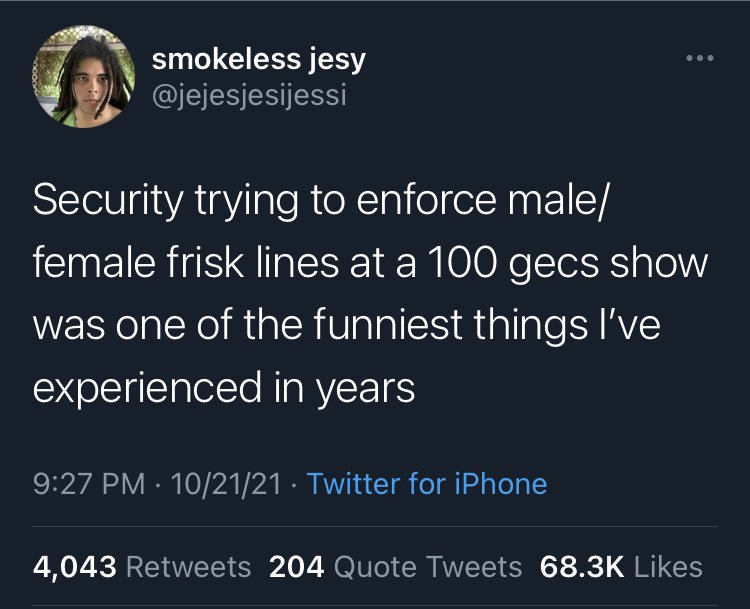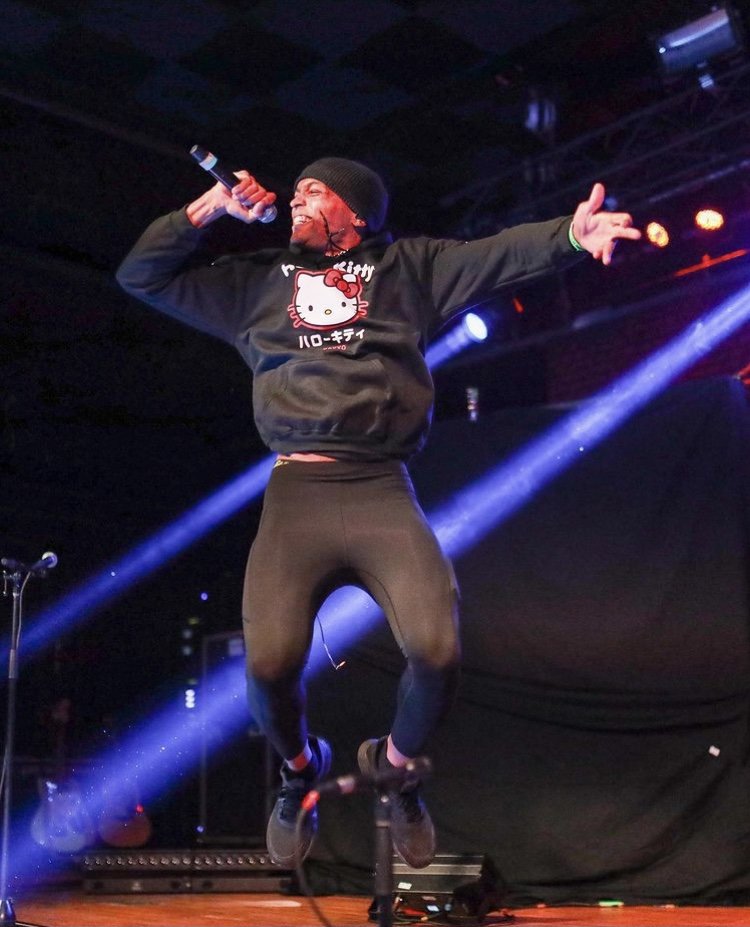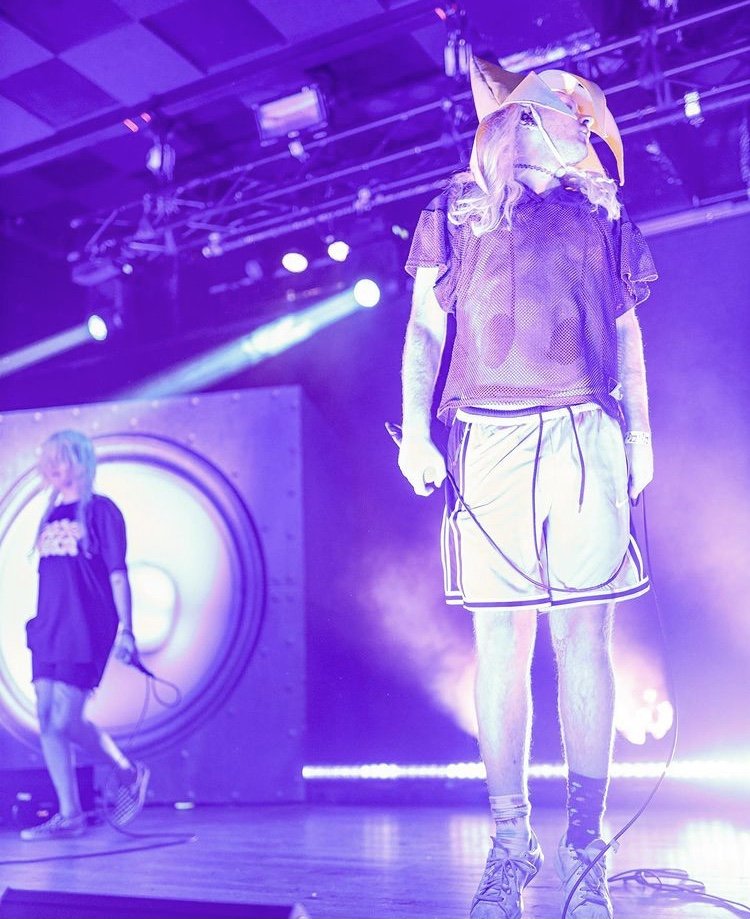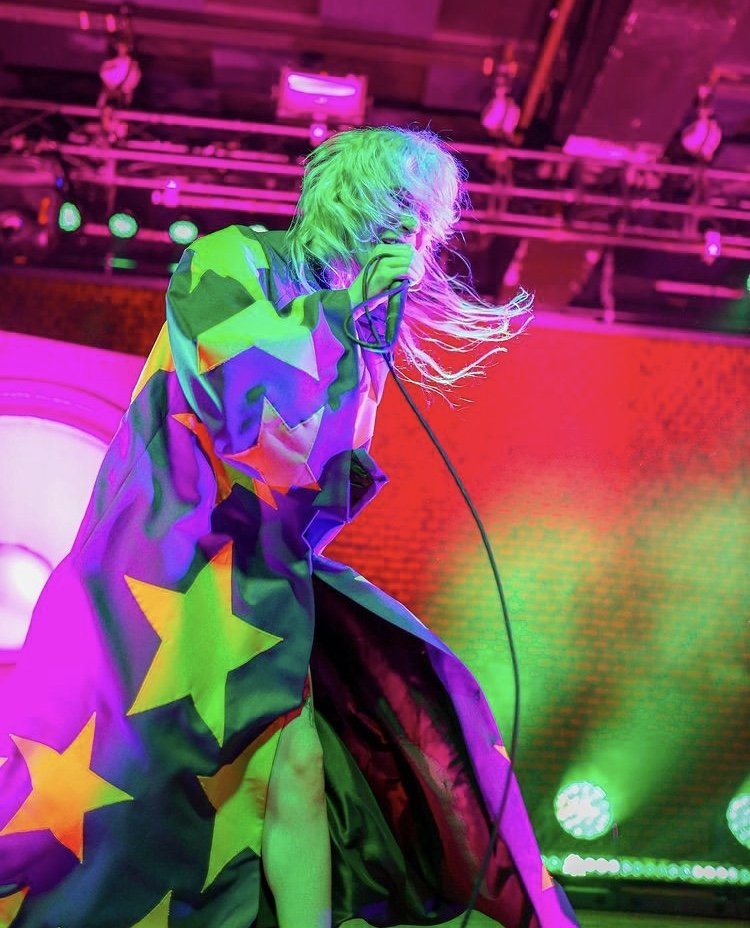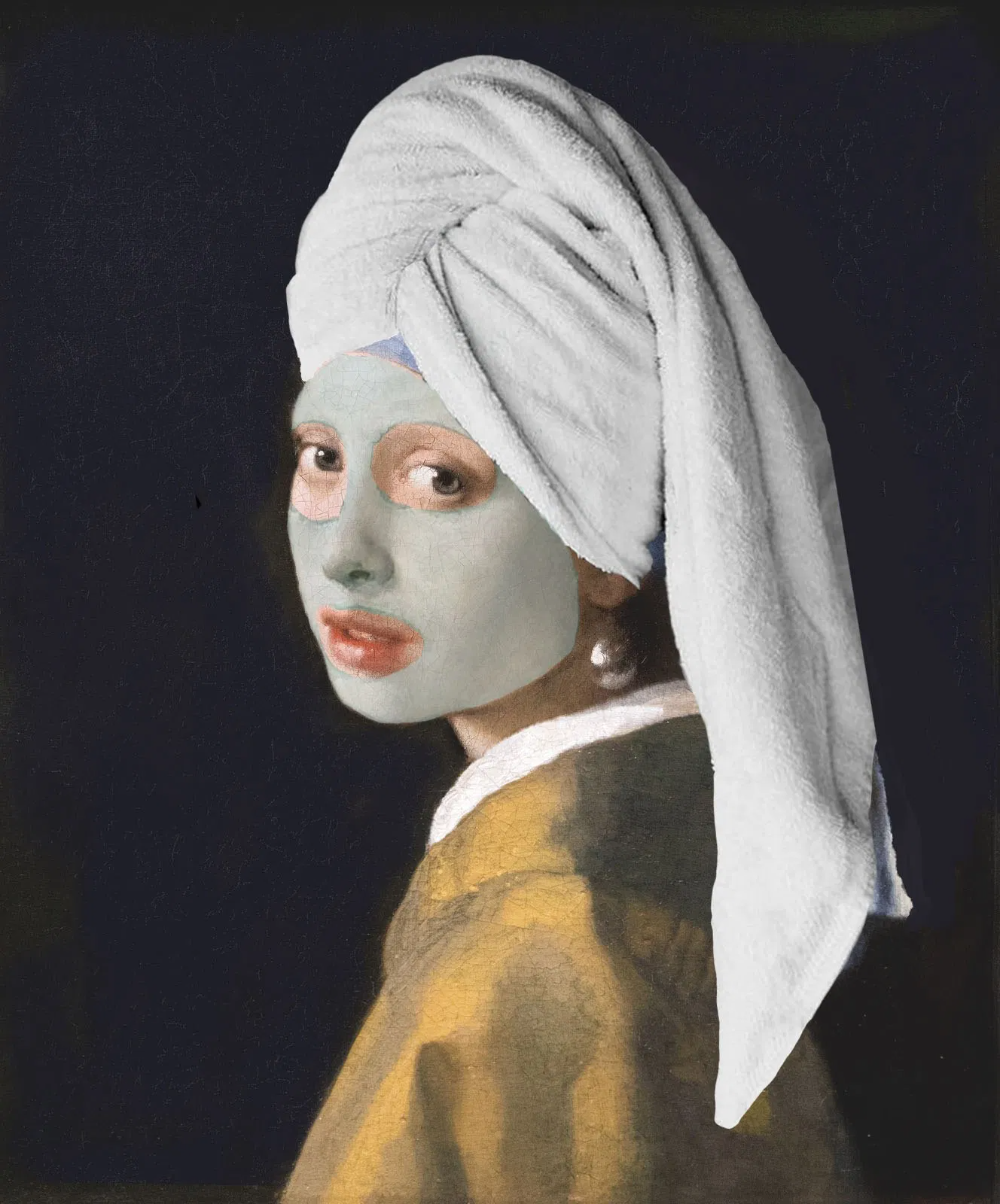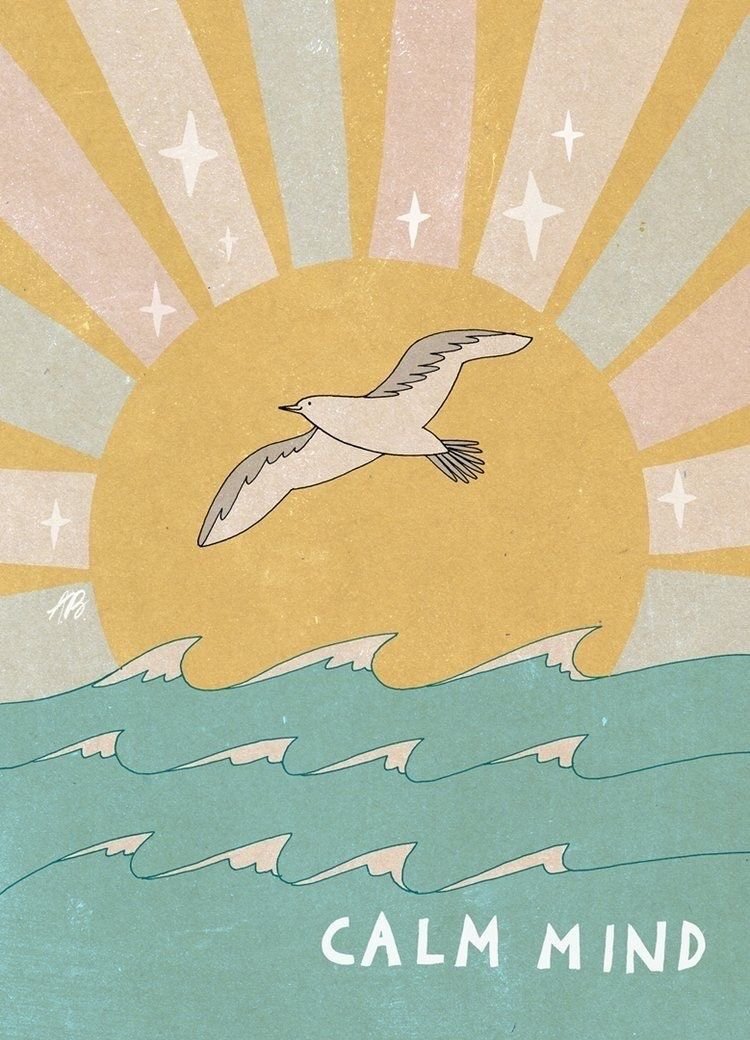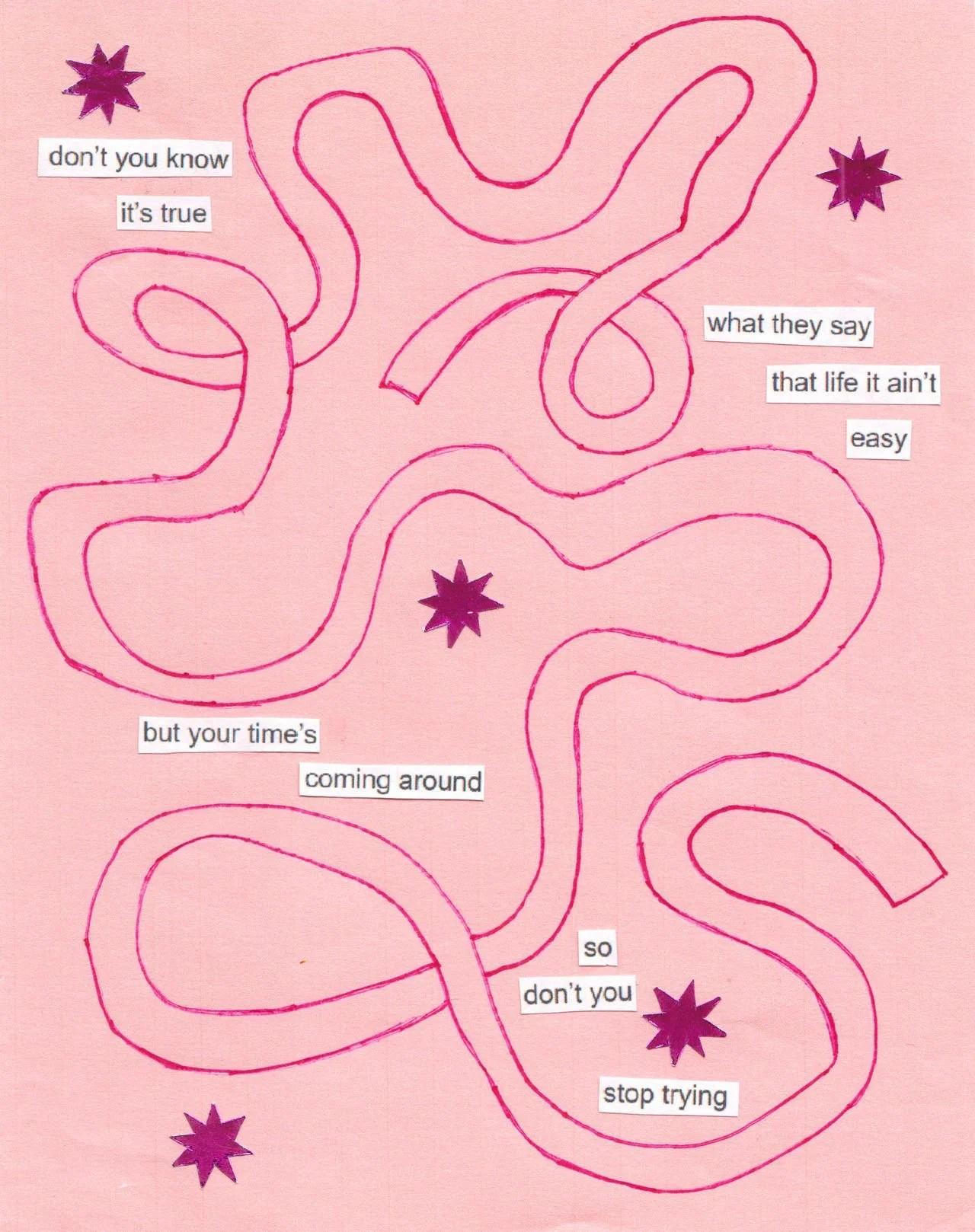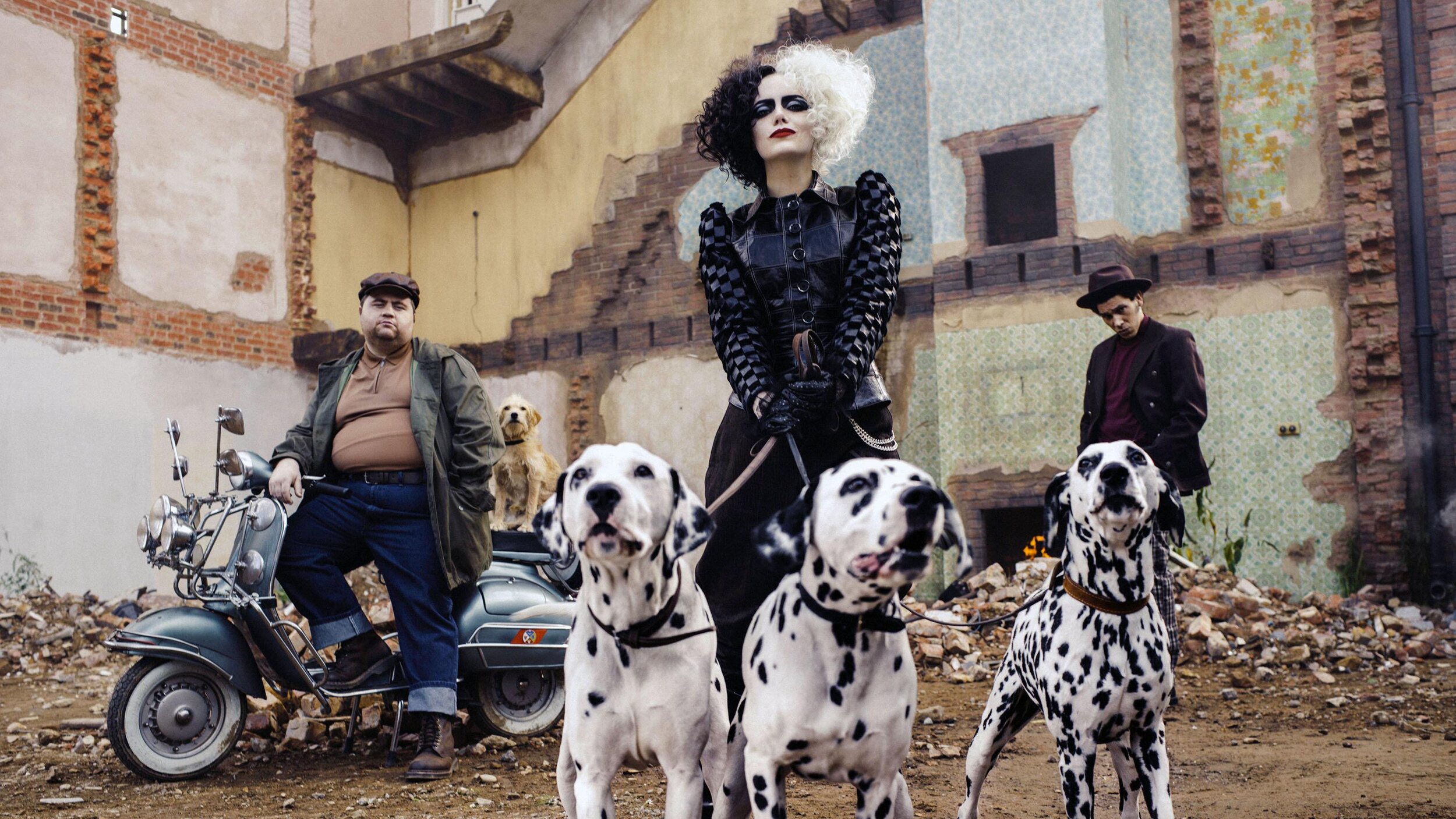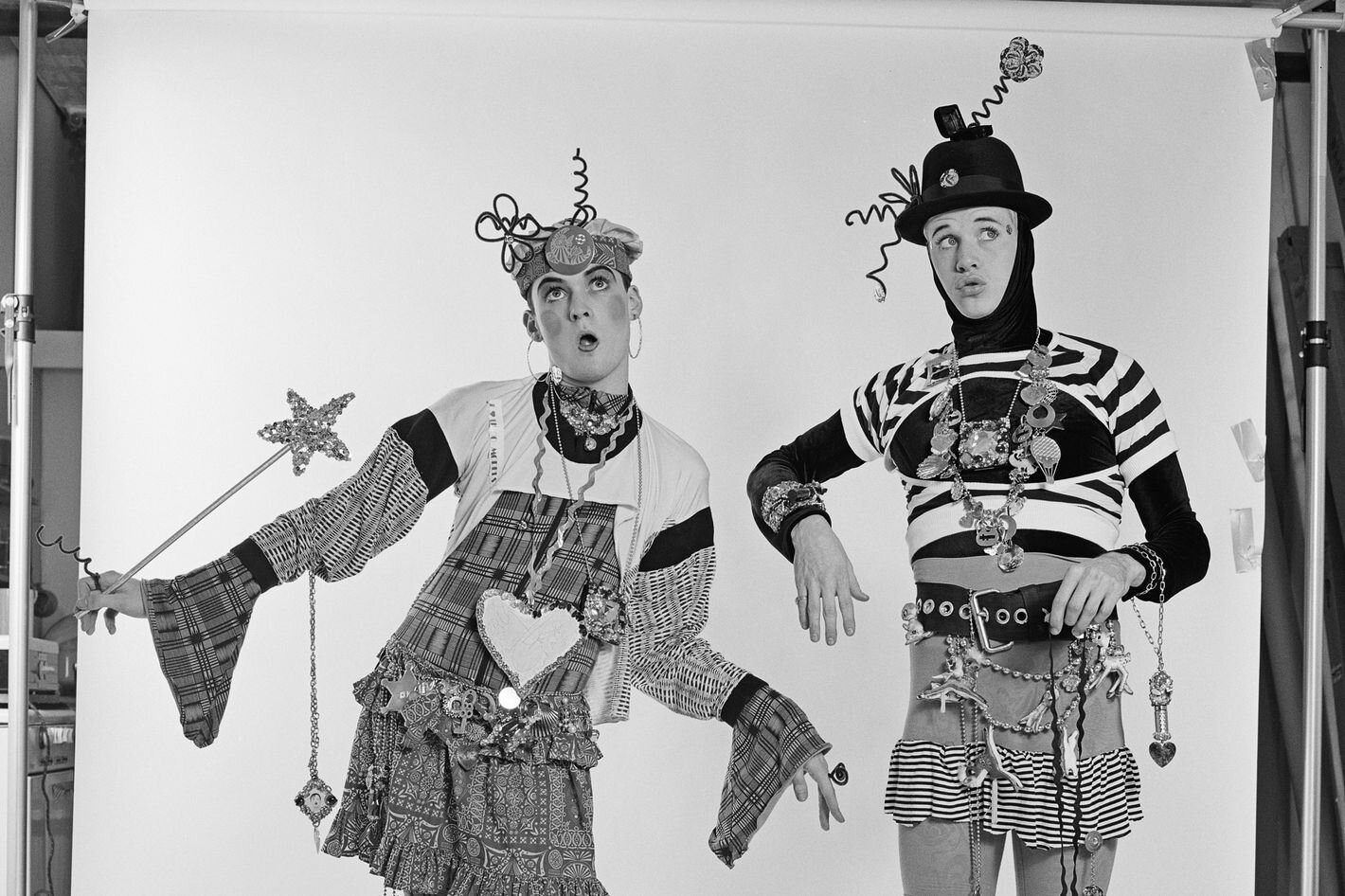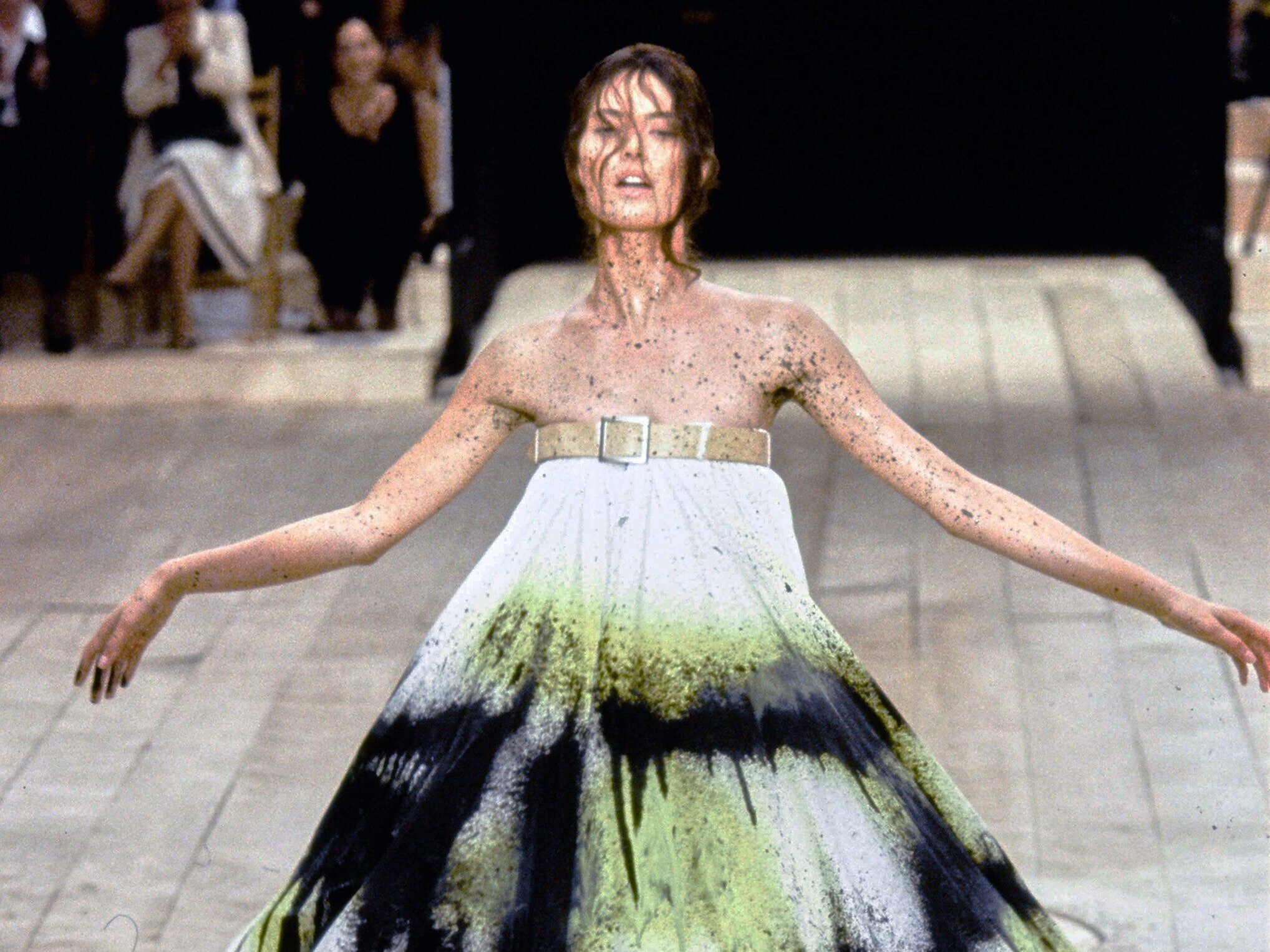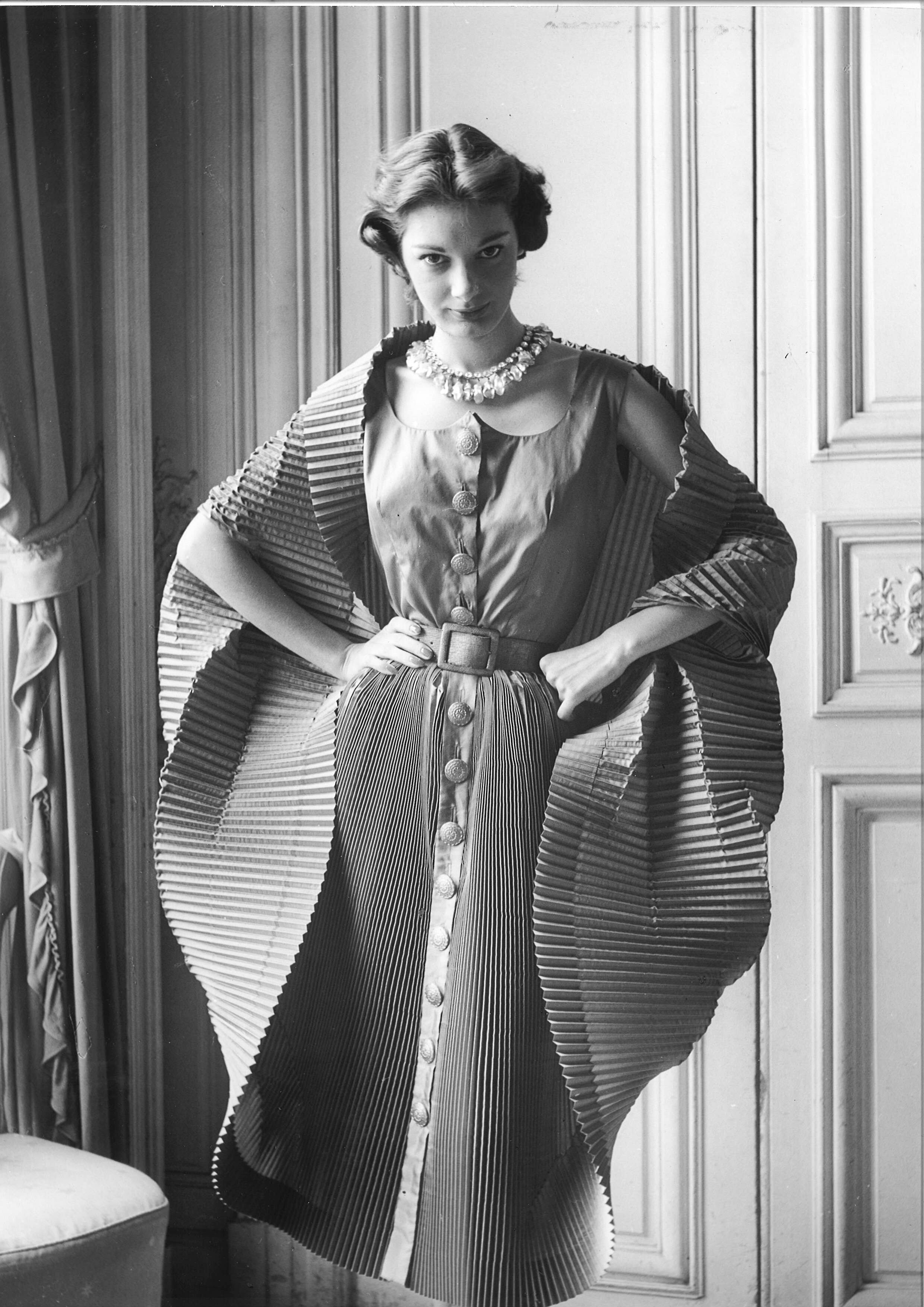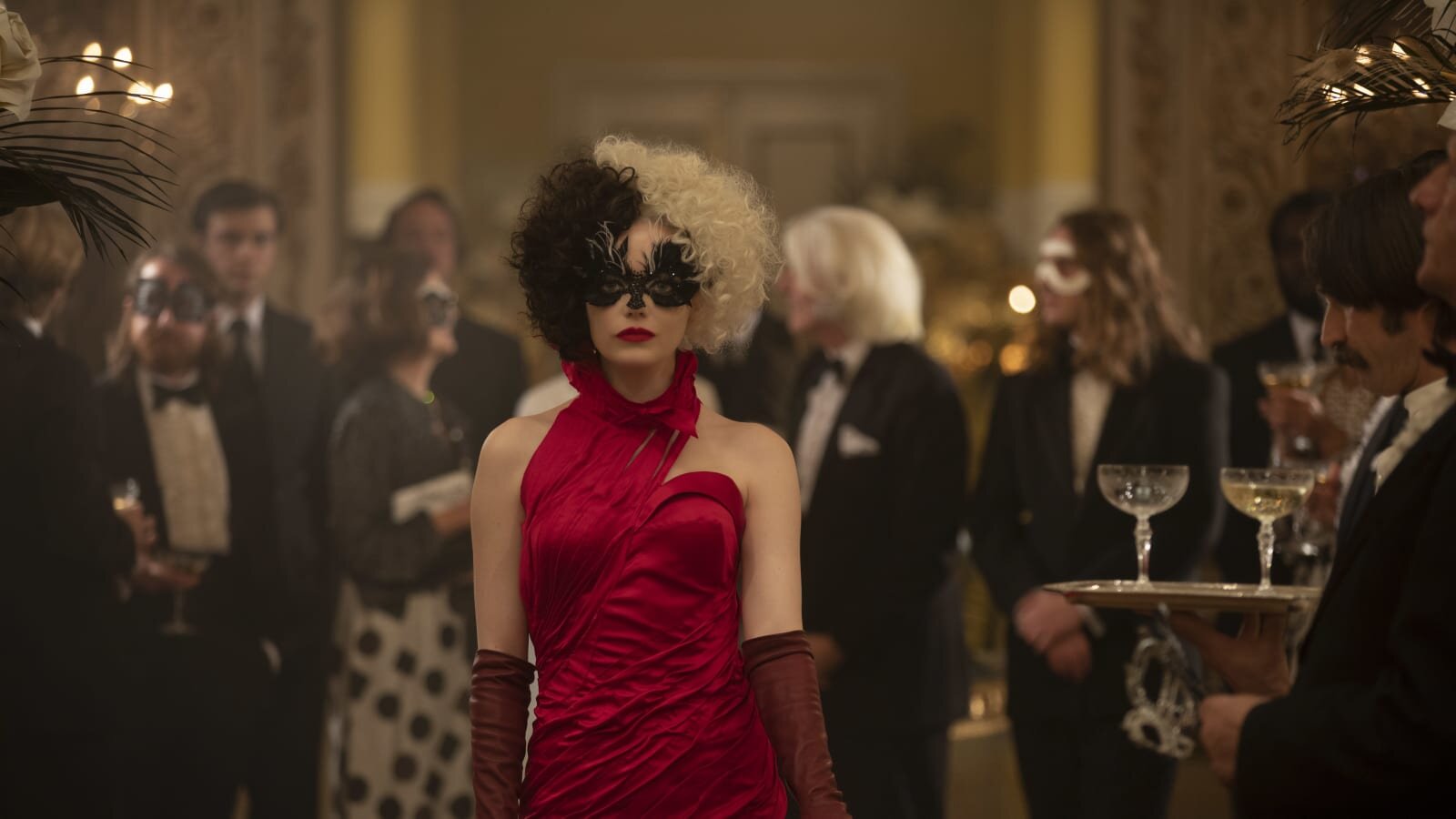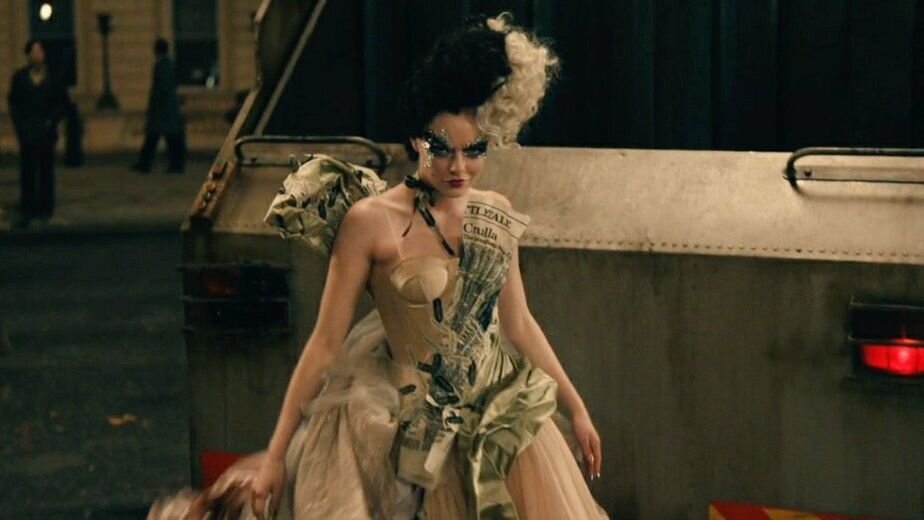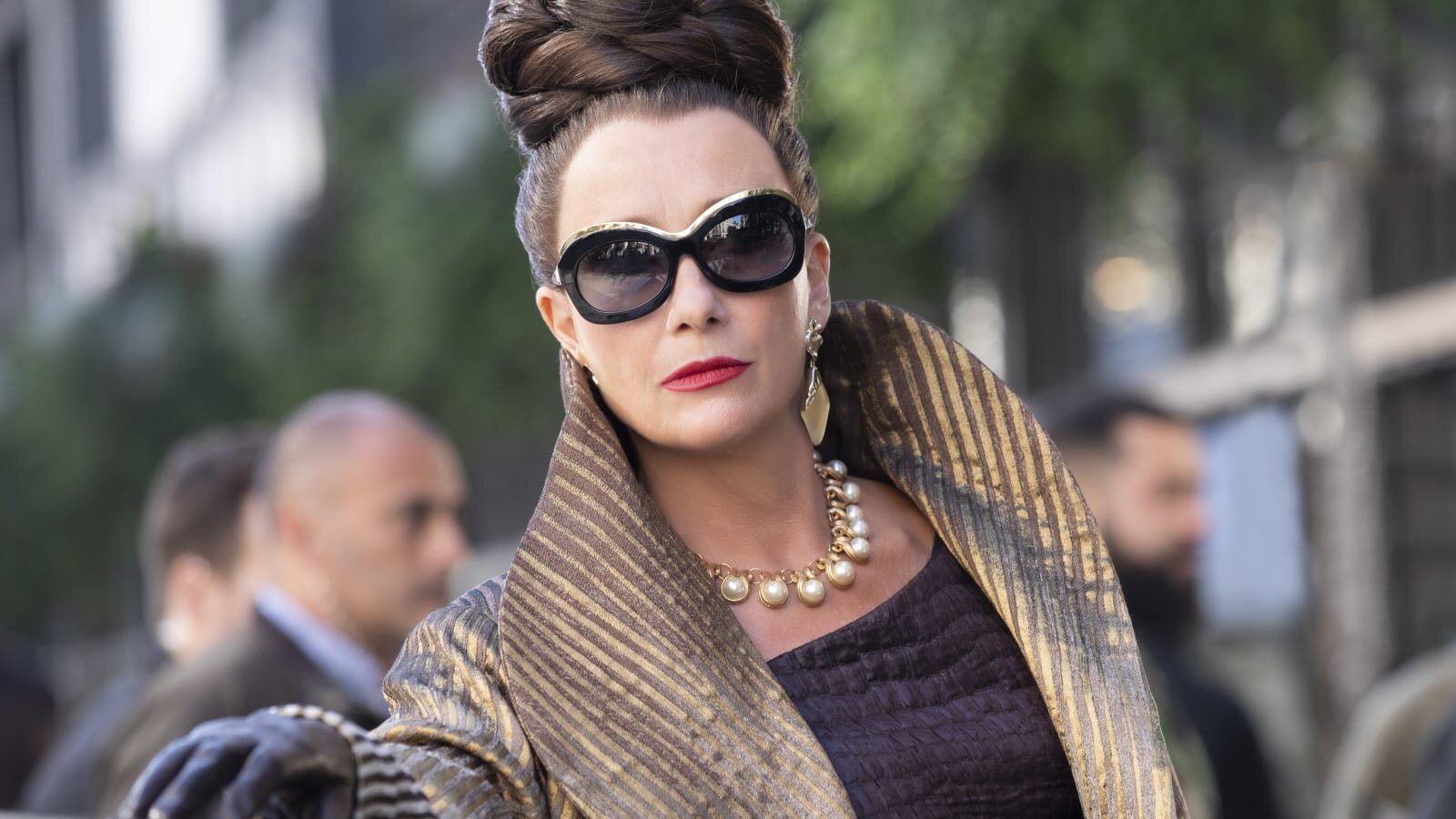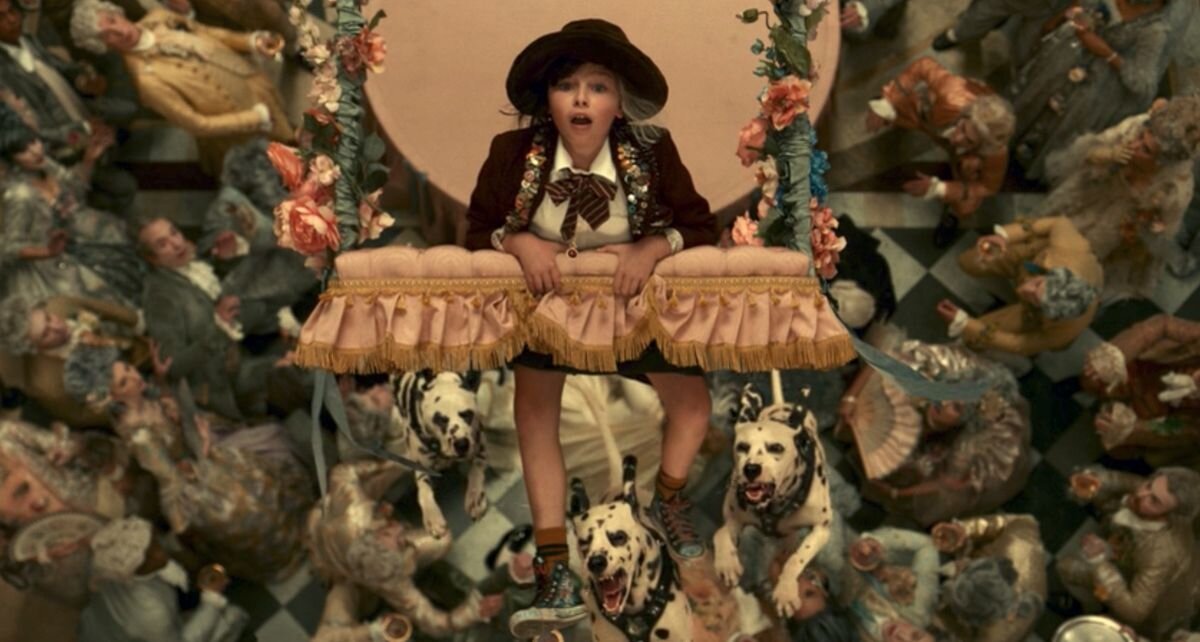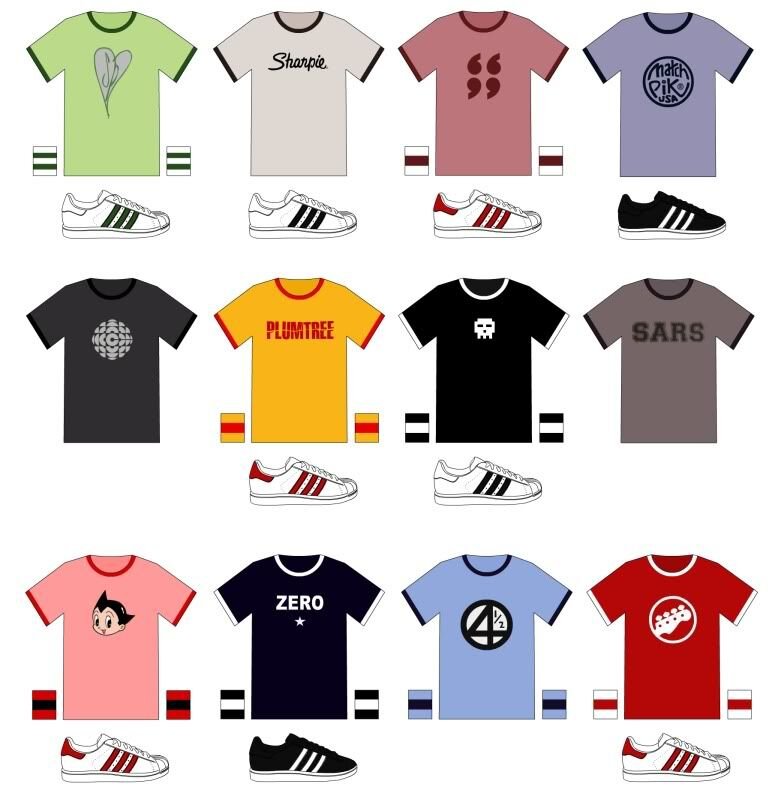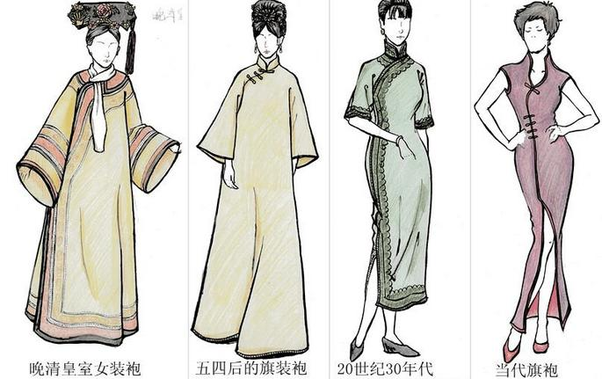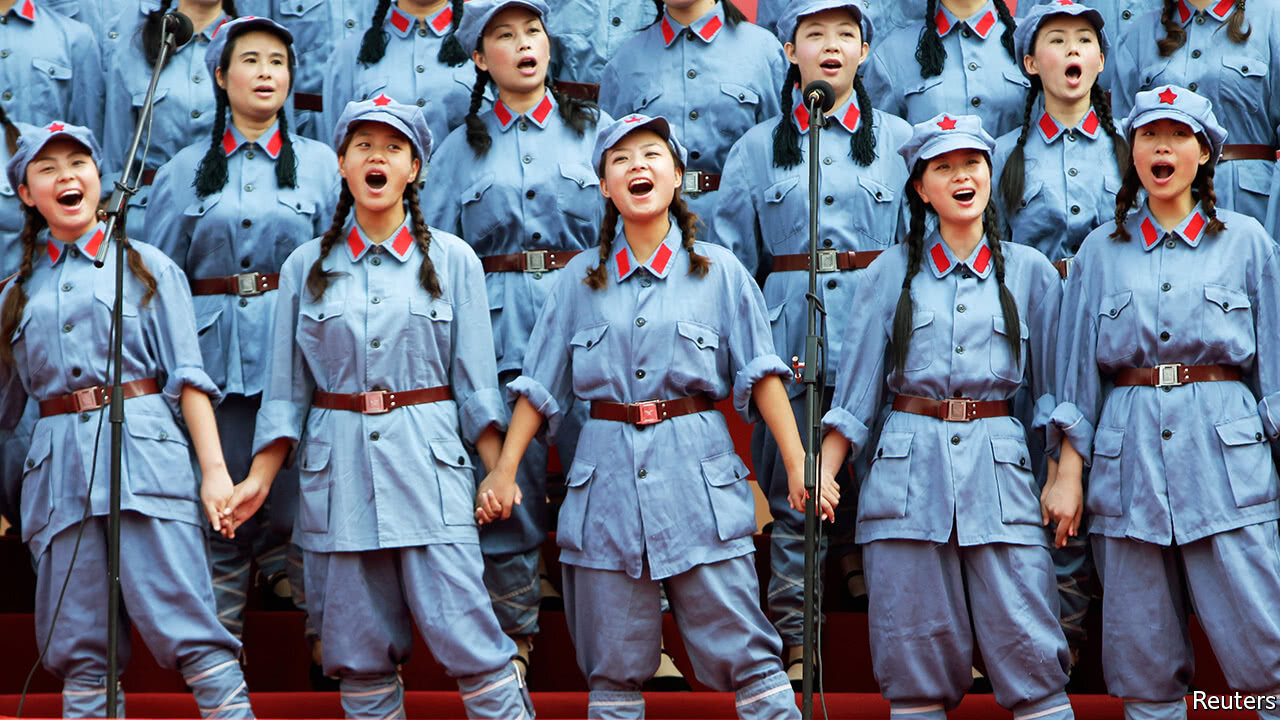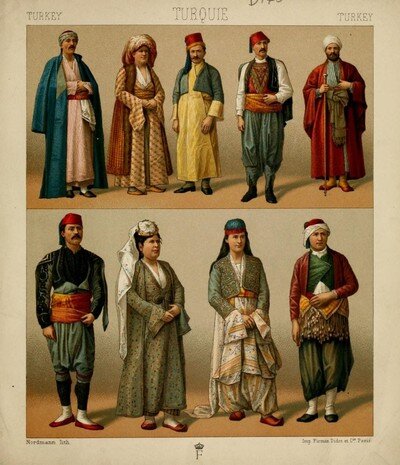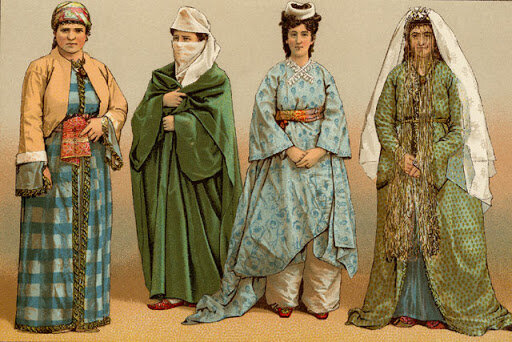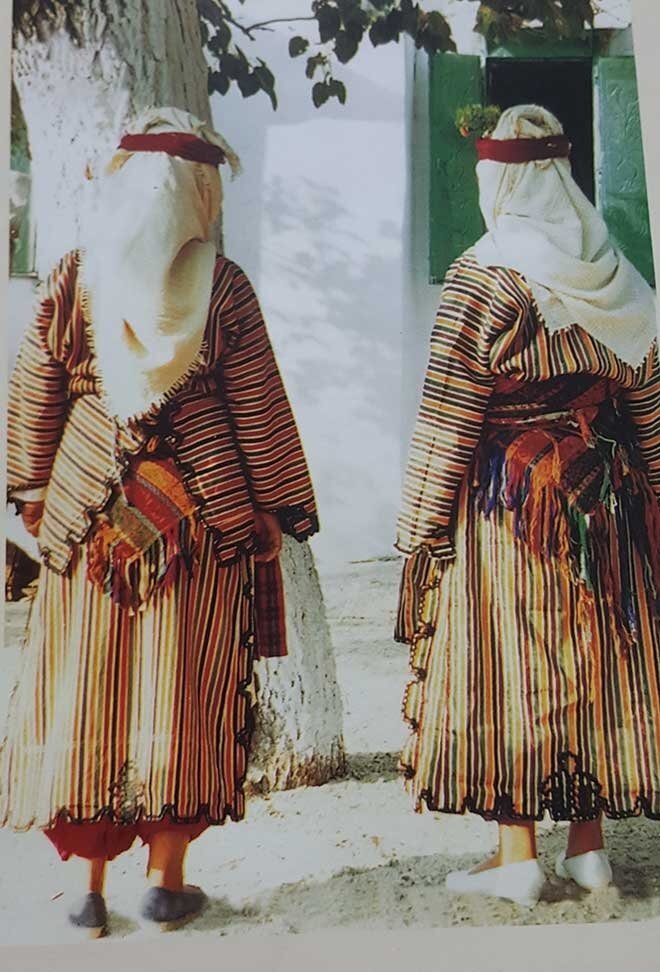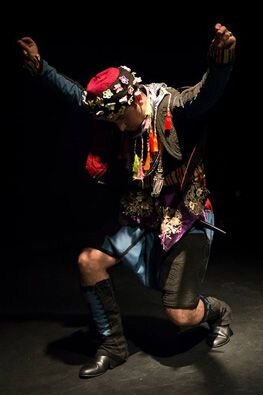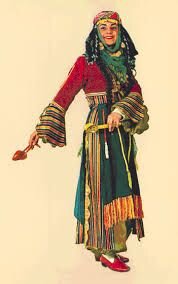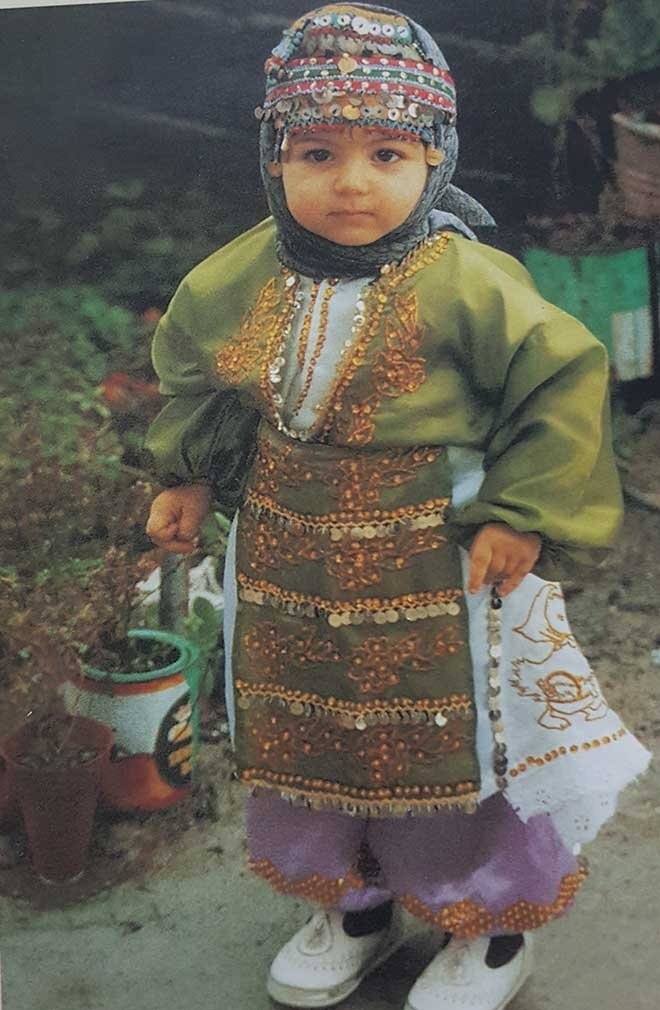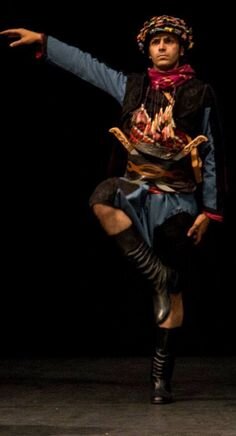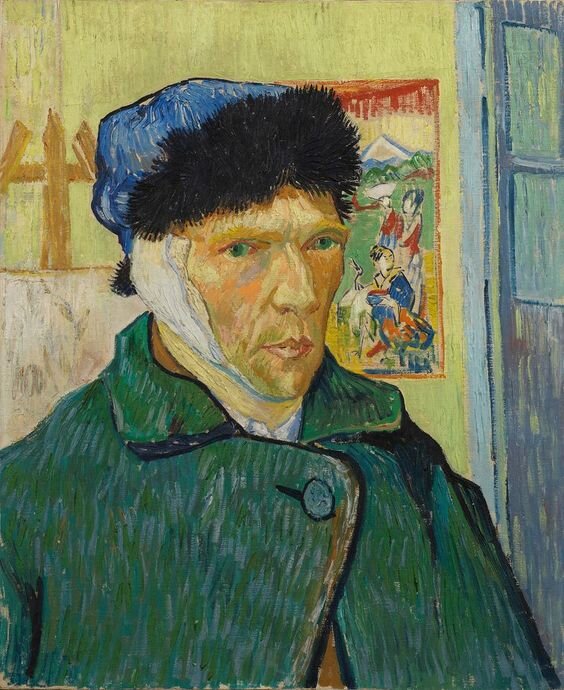E-girls get a lot of hate. The word “e-girl” has come to symbolize something cringey, overdone, and frivolous, the epitome of the immature, internet-obsessed, angsty teenage girl. Sometimes, you’ll hear it when a girl wears a slightly more complex black eyeliner, or when she happens to wear a black choker – pretty much anything slightly alternative or less mainstream. Typically, we think of the e-girl as wearing tights, skirts, striped shirts, garters, and collars, typically in shades of baby pink or black, a mixture of light childlike aesthetics and the darkness of the sex industry.
An “e-girl”. Source Pinterest.
The thing about e-girls that probably gets them the most hate is the idea that by dressing in that style, e-girls sexualize and objectify themselves for male attention and validation. The word “e-girl” is derived from “electronic girl” and is heavily associated with amateur softcore pornstars on OnlyFans and Tik Tok – the word electronic referring to their purely online existence. E-girls were originally not girls at all, but online images reflecting pedophilic, fetishistic male fantasies. A good example is Belle Delphine, an internet celebrity who wore fake braces and childlike skirts and clothes while imitating sexual gestures and motions, most notably the “ahegao”, the exaggerated facial expression that girls make during sex in Japanese anime and manga. By playing into these sexual tropes, e-girls sought to fashion their online presence into sexy hentai characters.
Belle Delphine selling her (alleged) bathwater. Source image.
This was how e-girls became popularized. But in reality, people that adopted the e-girl aesthetic were not necessarily trying to become pornstars or even sexualize themselves. As e-girls became more popular and mainstream online, so did their aesthetic. While the origins of the e-girls may have been sexual, many people that began incorporating these dark and childlike designs into their own styles were probably just attracted to its separation from the mainstream, its underground origins, and its rejection of conventional understandings of propriety. And although the opinion that people fully have the right to sexualize themselves if they so choose is gaining more and more popularity, the e-girl aesthetic still received a lot of backlash for its erotic undertones and association with male weebs. In contrast to its twin Tik Tok aesthetic, the family friendly “VSCO girl”, who was typically wearing a baggy T-shirt and chilling on the beach with her Land Rover and her golden retriever, the e-girl was an outsider.
Similarly, to the scene and emo styles from the late 2000s, the e-girl called upon and mixed with previous alternative styles, even though it technically straddled the line between alternative and mainstream due to its popularity on Tik Tok. As more and more people began dressing like e-girls and creating e-girl related internet content, a subculture also grew to surround the e-girl, including themes of mental health and mental health awareness, anime, sexual deviance or promiscuity and homosexual behavior and angst. This new interpretation of the e-girl soon overtook the internet, superseding the original.
In fact, while the creation of the e-girl did come from male fantasies and catered to the male gaze, the new e-girl sought to create a sense of empowerment and solidarity for women within the confines of patriarchal expectations and beauty standards. One of the important things about the e-girl aesthetic, as well as most other alternative aesthetics, is that “natural beauty” is not necessarily a priority like it is in mainstream fashion. The VSCO girl, for instance, typically wears very little makeup and puts very little effort into her outfits, dressing simply and casually. This low effort look places far more emphasis on the natural features of the face and the body, thus benefitting thin white girls above all other demographics. (When’s the last time you saw a POC VSCO girl on Pinterest?)
A “VSCO girl”. Source image.
Meanwhile, alternative aesthetics like the e-girl feature heavy eye-makeup and complex and intricate outfits, focusing on the artistic choices of the wearer rather than their looks. (This is not to say that white girls do not also have a chokehold over the e-girl aesthetic, but rather that POC’s probably have a slightly better chance here.) In this way, the e-girl is in essence more inclusive than the majority of mainstream aesthetics.
The inclusion of queerness within the e-girl subculture also made it huge within the WLW (women-loving-women) community. It’s a pretty well-known and common assumption that all e-girls like girls, even if it’s not true 100% of the time. This association with queerness may have come for two reasons: first, that queer people have always been heavily involved in alternative communities, due to the marginalization that queer people experience within the mainstream. Many may turn to alternative subcultures due to the community values of inclusivity and rejection of conventional standards and beliefs.
The second leads back to the e-girl’s longstanding association with the male gaze. This may seem kind of unintuitive, since the male gaze is probably the last thing that queer women want to have to think about. The reality of the queer female experience, though, is that most probably have to reckon with the existence and pressure of the male gaze all the time.
Apart from a lot of queer women being literally attracted to men, even those who aren’t or those in relationships with other women are still subject to the confines of patriarchal expectations for what a woman should be and look like. For instance, lesbians and bisexual women are heavily fetishized by men, and those who don’t appease the male gaze, like butch lesbians, are heavily punished by society, often called “ugly feminazis” among other things. As a result, it is still incredibly difficult for queer women to escape the male gaze entirely.
Lesbians. Source image.
So although the e-girl evokes the aesthetic of appeasing the male gaze, it also represents a common struggle that the vast majority of women have gone through and can recognize and find solidarity among other women. Women and queer people are probably going to appreciate the effort and artistry of another person’s e-girl aesthetic far more than men who have less experience with makeup and feminine fashion. Thus, queer women subvert the e-girl from an object of male desire to a symbol of female solidarity against the male gaze. This total inversion of the e-girl transforms it into something entirely different from its pornstar predecessors.
So e-girls don’t just exist to appease the male gaze and also offer an introduction to a more inclusive, artistic expression of makeup, style, and fashion. That’s great! To be honest, I think all of these things are enough to defend its existence and support its values. But we also can’t take this all in the isolation of white feminism and ignore its blatant appropriation of East Asian culture. A lot of e-girl inspiration comes from anime and hentai, probably because e-girls seek to capture the cuteness and submissiveness surrounding the fetishization of Asian women in copying “Asian aesthetics”. In this way, the e-girl draws upon and reinforces the way Asian women are regarded as timid, exotic sexual objects. This is admittedly pretty problematic. It’s definitely possible to embody the e-girl aesthetic without actively playing into Asian stereotypes, but it is a little hard to ignore those racist roots. And, as with a lot of other trends in fashion, racial dynamics are an essential part of understanding the e-girl.
Source via Pinterest.
To be honest, this conversation isn’t really that relevant anymore because very few people actually say they’re an e-girl now. Plenty of other aesthetics have layered upon and replaced the once infamous e-girl, leaving it as a discarded remnant of late 2010s pop culture. But for all the controversy and viral trends that the e-girl aesthetic stirred up, its legacy endures in our views on the propriety of fashion, the sexualization of women, and what it means to be alternative, while its stylistic influences live on in current alternative fashion trends. Not to say that e-girls are some cultural behemoth like scene, grunge, or hippie styles, but at least in the scope of the past five years, understanding the e-girl is important in understanding everything that came after it.







